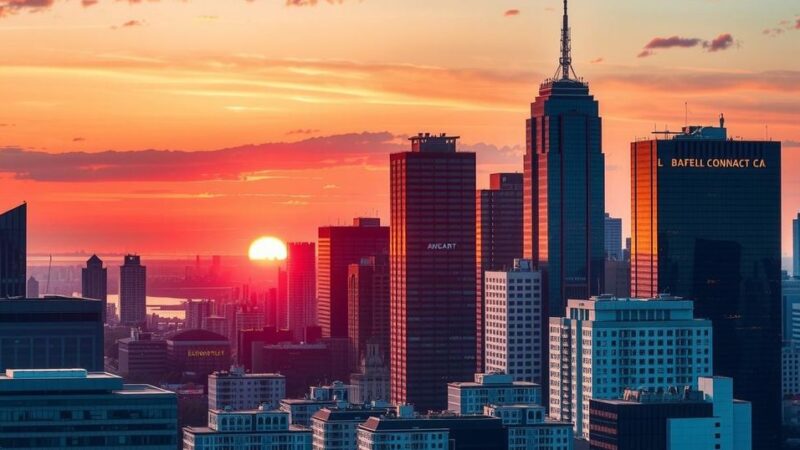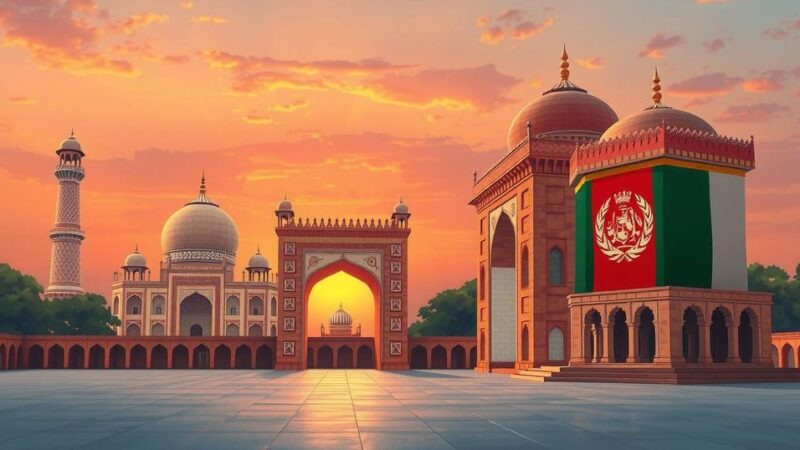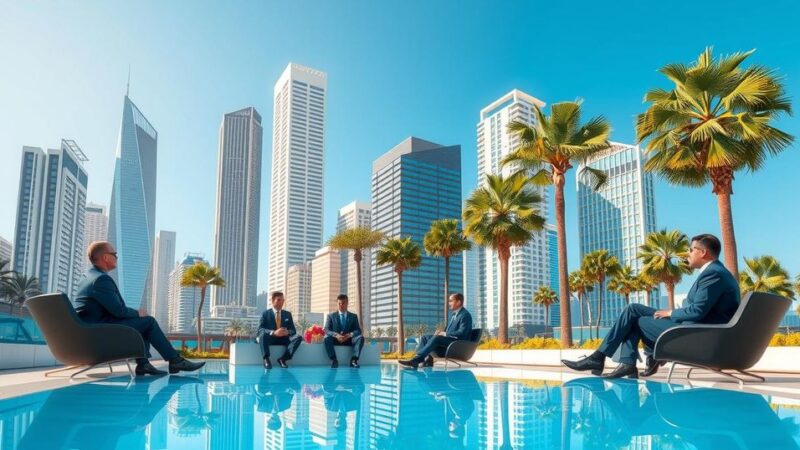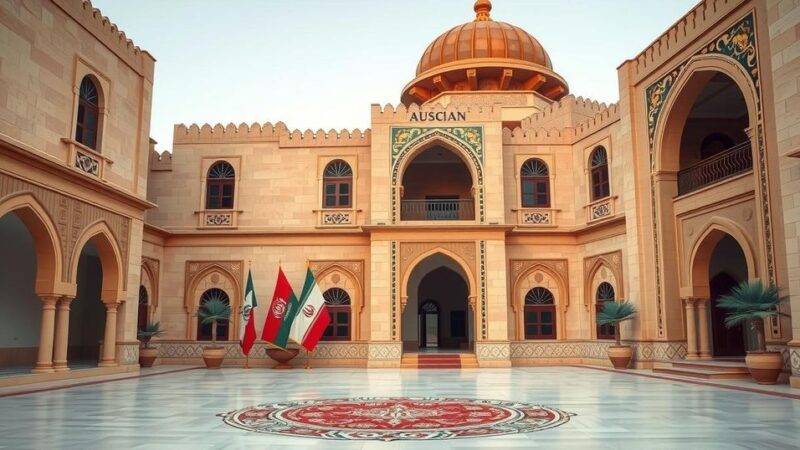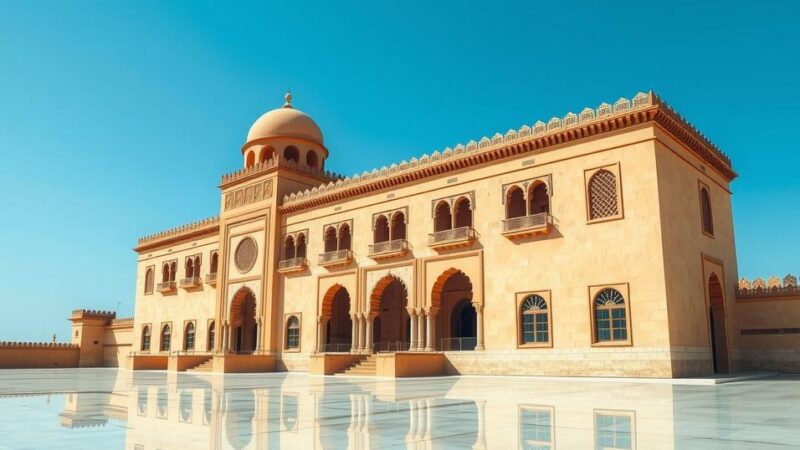Recent military advances in Khartoum have altered the dynamics of Sudan’s civil war. The Sudanese army has seized key locations, including the presidential palace, leading to significant shifts in control against paramilitary forces. Despite these developments, the outlook remains grim for an end to the ongoing conflict.
A New York Times reporter and photographer recently made their way into central Khartoum, marking the first visit by Western journalists since the onset of civil conflict two years ago. The devastation witnessed highlighted the significant losses Sudan has endured throughout the war.
At Khartoum’s presidential palace, now deeply scarred from battles, soldiers gathered under an ornate chandelier this past Sunday. Armed with rifles and rocket launchers, they received commands before proceeding to confront the remaining paramilitary forces that have been a source of conflict for two years.
The Sudanese military significantly altered the battlefield after capturing the presidential palace, a feat accomplished during a fierce encounter resulting in numerous casualties. With this victory, the military has since gained control over central Khartoum, suggesting a crucial shift that may influence the ongoing civil war.
Following their recent advancements, the military seized key locations, including the Central Bank and the national intelligence headquarters, as well as the Corinthia Hotel, a prominent site along the Nile. The recent activities in the capital indicate a monumental change in the war’s dynamics, yet they do not provide an optimistic outlook for a swift resolution.
One military officer, Mohamed Ibrahim, emphasized their commitment, declaring, “We will never leave our country to the mercenaries,” targeting the rival paramilitary Rapid Support Forces (R.S.F.), which the military once supported but now sees as a competitor for control.
The article outlines the evolving landscape of Sudan’s civil war, detailing recent military advances in Khartoum that have shifted the balance of power against paramilitary forces. Capturing key locations, including the presidential palace, signifies a pivotal moment amidst enduring conflict, underscoring the challenges ahead for peace and stability in the region.
Original Source: www.nytimes.com

